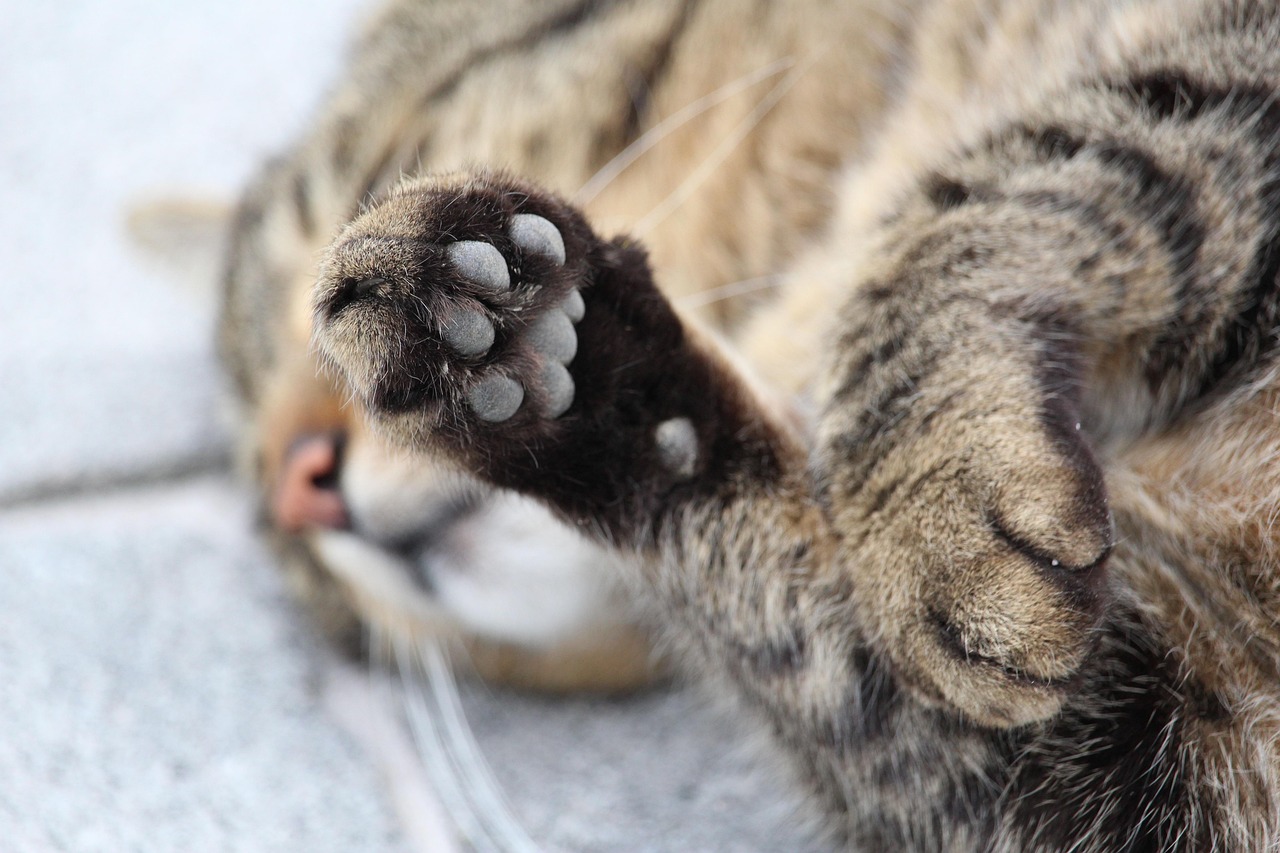A cat paw infection can be painful and distressed for both pets and its owner. A cat claws are sensitive and important to daily activities such as walking, grooming and scratching. Any signal of infection should be taken seriously to prevent complications and ensure fast recovery.
In this article, we will detect common causes, notable symptoms and effective treatments for cat paw infections along with useful prevention tips.
Table of Contents
ToggleUnderstanding Cat Paw Infection
A cat paw infection refers to the position of an inflammatory or bacteria that affects the cat’s claw pads, toes or middle areas. This may include issues of pus, redness, swelling, pain and even mobility. Ignoring such infections can cause deep tissue damage and systemic disease.
Common Causes of Cat Paw Infection
1. Bacterial or Fungal Invasion
One of the most common causes of cat paw infection is bacterial or fungal pathogens entering through small cuts or abrasions. Cats often step on dirty or sharp objects which can open a pathway for microbes.
2. Ingrown Claws or Broken Nails
When claws grow too long or curl inward, they may penetrate the paw pad, leading to wounds and subsequent infections.
3. Insect Bites or Stings
Bites from ants, bees, spiders, or fleas may cause allergic reactions or secondary infections, especially if the cat keeps licking or scratching the area.
4. Foreign Bodies
Sharp items like splinters, glass shards, or thorns can get lodged in the paw pads. If not removed, these can cause infections over time.
5. Autoimmune or Allergic Conditions
Some cats suffer from autoimmune disorders or allergies that trigger inflammatory reactions in the paws, making them prone to cat paw infection.
6. Poor Hygiene or Living Conditions
Cats in unhygienic environments or outdoor strays are more susceptible to infections due to constant exposure to germs and rough terrain.
Symptoms of Cat Paw Infection
See out for these warning signals:
- Swelling or redness around the paw pads
- Excessive licking or biting at the paw
- Not able to walk properly
- Any Visible pus or discharge
- Bad odor from the paws
- Bleeding or open sores
Change in behavior such as irritability or aggression when paw is touched
It is necessary to find out the initial detection. Ignoring these signs can spoil the cat’s claw infection, causing complications such as cellulitis or abscess formation.
Diagnosing Cat Paw Infection
Veterinarians often perform a physical examination of the paw and surrounding tissues. In more severe cases, additional tests may include:
- Skin scraping or culture tests to identify the exact bacteria or fungus
- X-rays if a foreign object is suspected inside the paw
- Blood work to rule out underlying immune conditions
Effective Treatments for Cat Paw Infection
1. Cleaning and Disinfecting the Wound
Firstly clean the infected paw using any good antiseptic solutions like betadine or chlorhexidine. Debris or foreign objects are removed carefully.
2. Topical or Oral Antibiotics
After analyzing and checking on the severity, veterinarians prescribe topical ointments or oral antibiotics to fight with the infection. Antifungal treatments are given in case of fungal involvement.
3. Pain Management
To ease discomfort, anti-inflammatory medications or pain relievers may be administered. Always consult a nearby good vet before giving any medicine.
4. Bandaging and Rest
The paw may be wrapped with a clean bandage to prevent further contamination. Limiting your cat’s activity speeds up healing.
5. Surgical Intervention
In extreme cases where abscesses or deep infections occur, minor surgery may be needed to drain pus or remove damaged tissue.
Preventing Cat Paw Infections
- Trim your cat claws regularly after a interval
- Inspect or look paws weekly for any signs of injury or swelling
- Keep your cat’s environment safe and clean
- Use feline-friendly paw balms to keep your cat’s pads moisturized and healthy
- Avoid letting your cat roam in unsafe outdoor areas
- Visit your vet for routine checkups and grooming advice
By staying proactive, you can protect your feline friend from painful and recurrent cat paw infection episodes.
Frequently Asked Questions (FAQs)
1. How do I know if my cat has a paw infection?
Look for symptoms like swelling, redness, limping, excessive licking of the paw, or foul-smelling discharge. A vet diagnosis is essential for confirmation.
2. Can I treat a cat paw infection at home?
Mild infections may be cleaned and monitored at home, but it’s crucial to consult a vet to avoid complications and ensure proper treatment.
3. Is cat paw infection contagious to humans or other pets?
Most bacterial infections are not contagious, but fungal infections like ringworm can spread. Maintain hygiene and handle with gloves if advised by a vet.
4. How long does it take for a cat paw infection to heal?
With proper treatment, minor infections may heal within a week, while severe cases may take several weeks and require follow-up care.
5. What should I avoid doing if my cat has a paw infection?
Avoid using human medications, over-washing the paw, or letting your cat go outdoors. Also, don’t delay veterinary care if symptoms worsen.
Keeping your cat’s paws healthy is a vital part of pet care. A cat paw infection can seem minor but escalate quickly without proper attention. Regular grooming, timely medical attention, and a clean environment are key to preventing infections. Always act early when signs appear, and your feline companion will remain happy, healthy, and pain-free.
If your furry friend is in pain or showing signs of a paw infection, it’s your responsibility to take them to the best vet as soon as possible. Contact Brooklyn Pet Spa—we are here to help!








